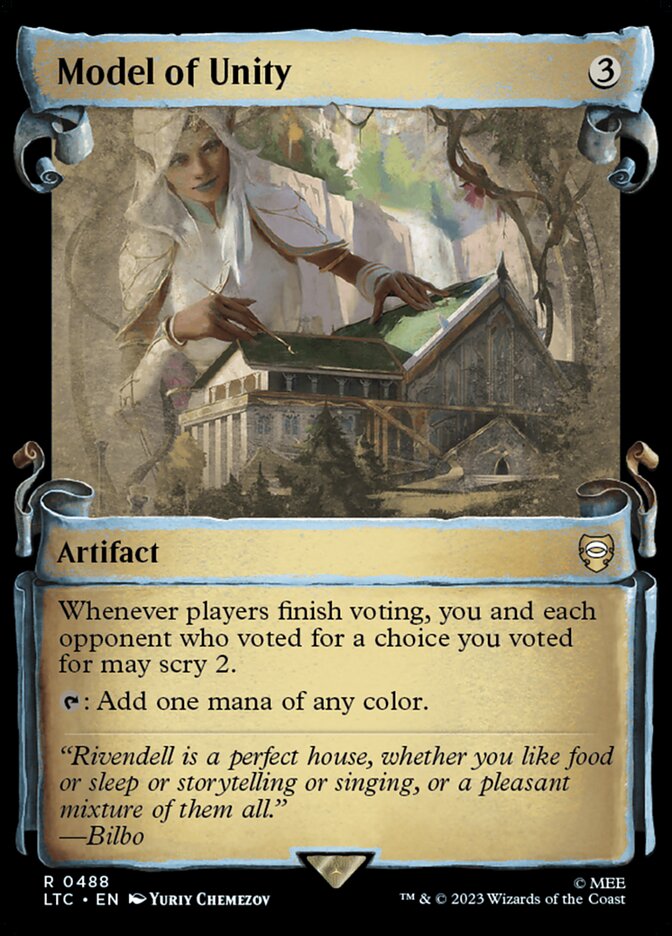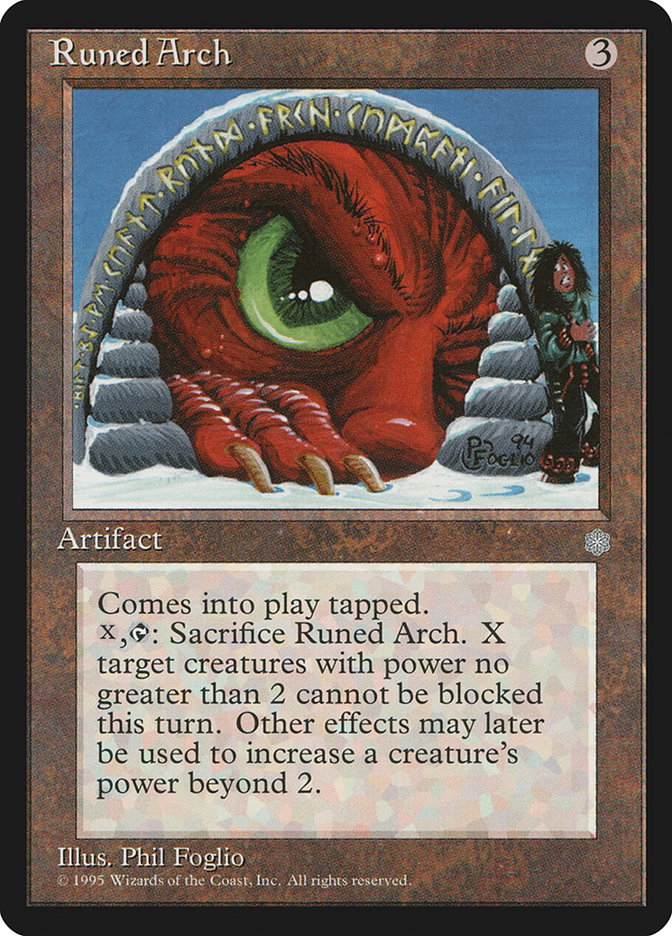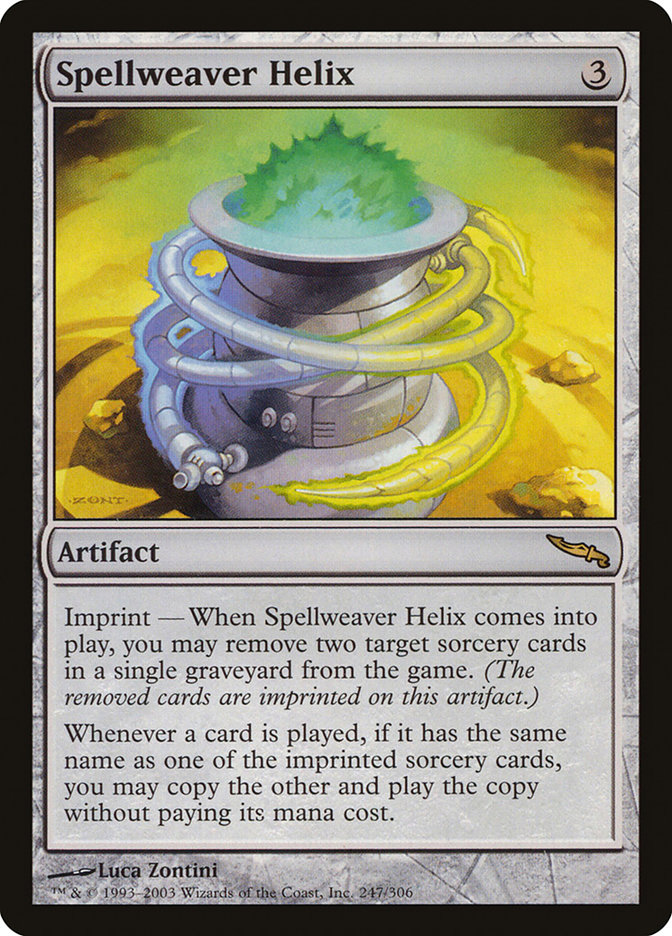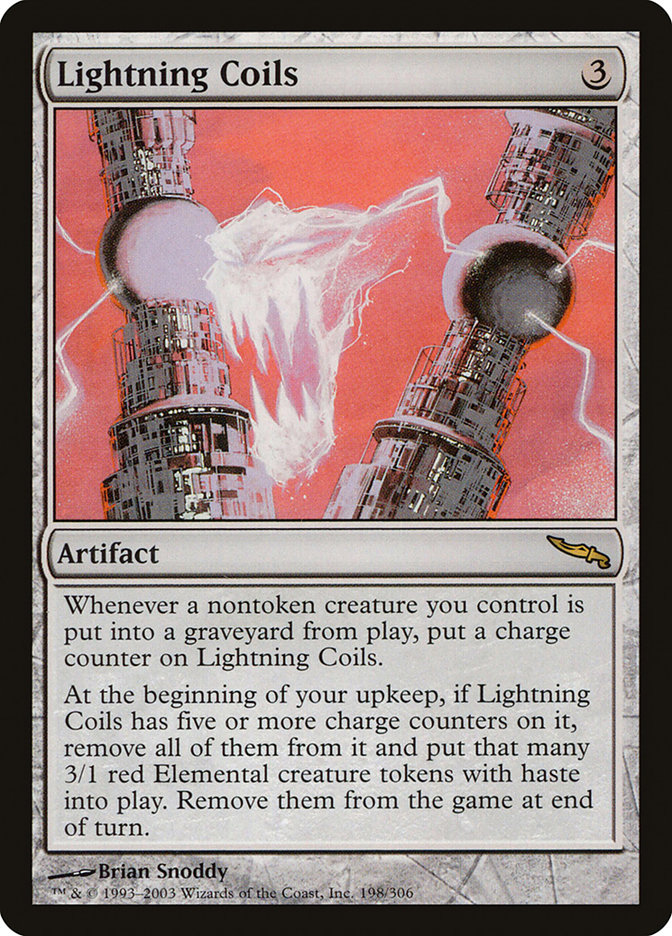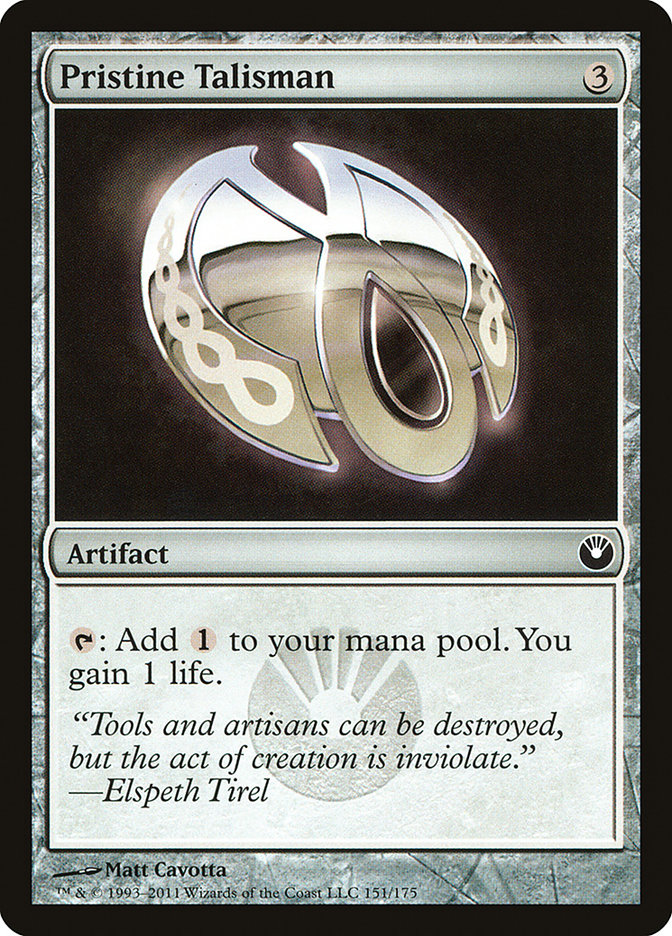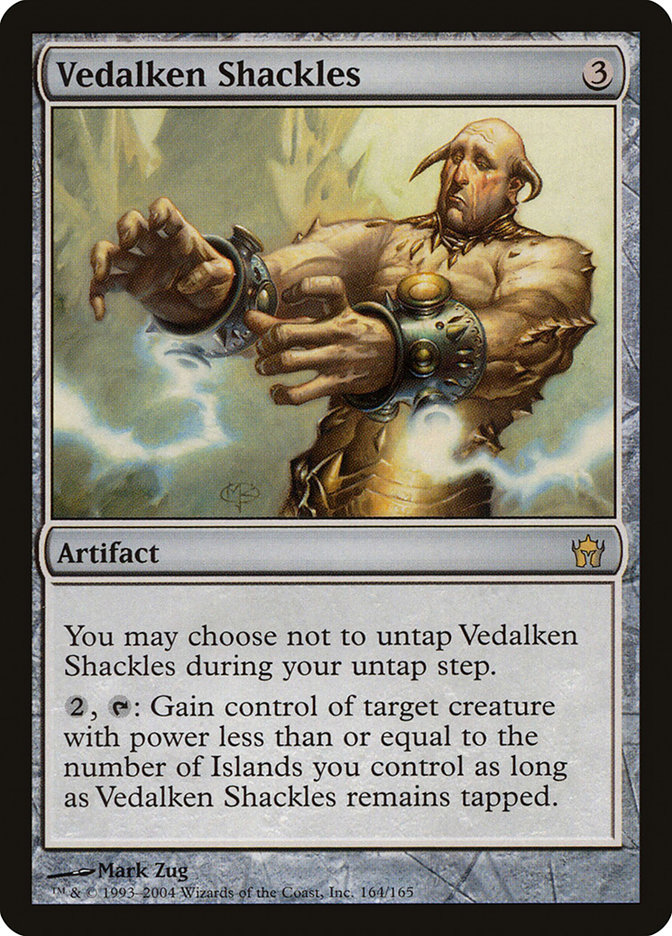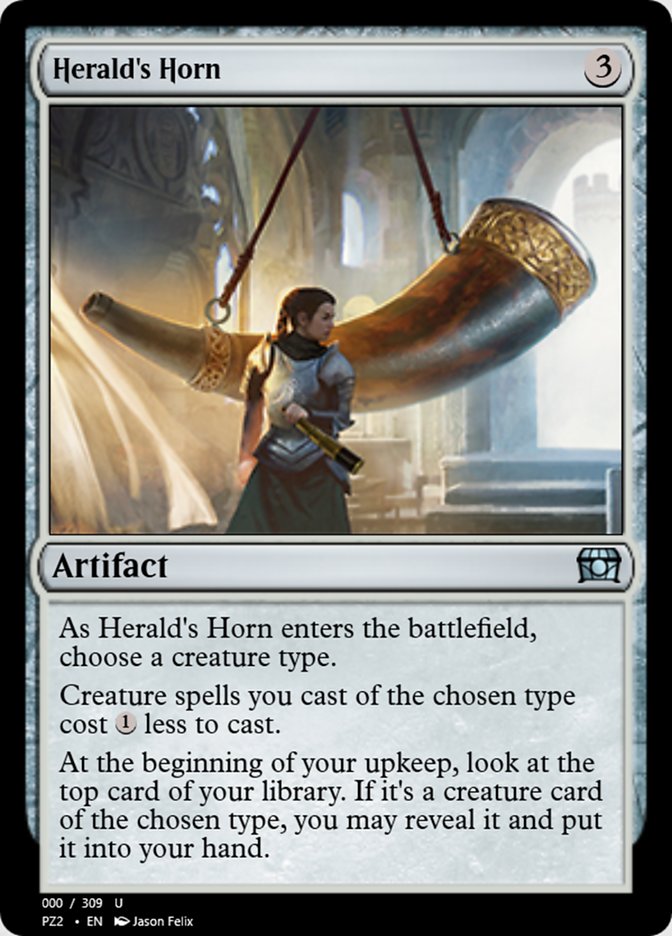Model of Unity MTG Card
| Card sets | Released in 3 setsSee all |
| Mana cost | |
| Converted mana cost | 3 |
| Rarity | Rare |
| Type | Artifact |
| Abilities | Scry |
Text of card
Whenever players finish voting, you and each opponent who voted for a choice you voted for may scry 2. : Add one mana of any color.
"Rivendell is a perfect house, whether you like food or sleep or storytelling or singing, or a pleasant mixture of them all." —Bilbo
Cards like Model of Unity
Model of Unity brings a unique flavor to the vast landscape of creature cards in Magic: The Gathering. Grants significant stat boosts similar to the beloved anthem effects found in cards like Glorious Anthem, which also empowers your creatures across the board. But Model of Unity stands out by offering additional synergies with its +1/+1 counter distribution, enriching the potential for combo plays and enhancing individual creature performance on the battlefield.
It’s akin to Metallic Mimic, which also provides +1/+1 counters to creatures, fostering growth with each creature cast that fits the chosen type. However, Model of Unity presents an advantage for long-term board development, as its effect persists with each turn, rather than occurring once when the creature enters the battlefield. Then we have Adaptive Automaton, another card that elevates a particular creature type. Though it lacks the consistent counter generation of Model of Unity, it compensates by offering immediate creature type enhancement without the wait.
Evaluating each card’s attributes, Model of Unity shines in environments that celebrate counter proliferation and diverse strategies. Its continuous effect enriches the strength of each creature drawn forth, making it a mighty asset in decks that thrive on collective might and adaptability.
Cards similar to Model of Unity by color, type and mana cost
Card Pros
Card Advantage: Model of Unity offers players a unique mechanism to potentially draw an additional card each turn. This is a significant boon for any deck, as it helps sustain a strong hand throughout the match.
Resource Acceleration: Beyond drawing cards, this card can provide a boost by ramping up your mana resources. By having more mana available, you can play more significant spells earlier in the game, giving you a notable edge over your opponent.
Instant Speed: The ability to activate Model of Unity at instant speed offers strategic flexibility. This allows you to adapt quickly to the evolving state of the board, making it a versatile tool for responding to an opponent’s moves.
Card Cons
Discard Requirement: Integrating Model of Unity into your gameplay comes with the strategic hurdle of needing to discard a card. For players navigating a tight game, losing any additional cards from their hand could be detrimental, tipping the balance unfavorably.
Specific Mana Cost: Model of Unity requires a precise mana arrangement to cast, including both generic and colored mana. This necessity can sometimes clash with players’ mana bases, particularly in decks that boast a wide array of colors, potentially causing delays or even preventing the card’s play entirely.
Comparatively High Mana Cost: When you consider the cost-value ratio, Model of Unity stands on shaky ground with its slightly elevated mana demand. In the realm of MTG where efficiency is key, there are alternative cards with lower mana requirements that may offer similar or better advantages on the battlefield.
Reasons to Include in Your Collection
Versatility: Model of Unity complements a variety of deck strategies as it’s a flexible addition to decks that capitalize on creature synergies or go-wide tactics.
Combo Potential: Its ability to distribute +1/+1 counters can be pivotal in executing combos with cards that grow more potent with each counter or initiate actions when counters are placed.
Meta-Relevance: Model of Unity can be a game-changing asset in a meta that favors creature-heavy decks or where bolstering your board presence quickly can be the key to victory.
How to beat
Model of Unity presents a unique challenge on the battlefield, implicating a strategic blend of creature enhancements and synergies. This particular card has a knack for bolstering your army, the key being its ability to empower creatures with +1/+1 counters. A common trick to mitigate the impact of Model of Unity is through the timely use of removal spells. Swift action can prevent your opponent from accumulating an intimidating board presence.
Spot removal like Fatal Push or Path to Exile can dispatch an enhanced creature before the counters spread. Board wipes such as Wrath of God or Damnation are effective in resetting the playing field, especially after Model of Unity has distributed its advantages. Another tactic is utilizing countermagic like Negate or Dissolve to neutralize Model of Unity before its effects can manifest, thereby preserving the balance of power. It’s also beneficial to keep pressure with your own creatures, forcing opponents to use their resources defensively instead of optimizing their Model of Unity.
Ultimately, staying one step ahead by predicting and interrupting your opponent’s strategy to exploit Model of Unity’s strengths can swing the game in your favor. Responsive play and smart resource management become pivotal to outclassing the potential unity Model of Unity aims to deliver.
Where to buy
If you're looking to purchase Model of Unity MTG card by a specific set like Tales of Middle-earth Commander and Tales of Middle-earth Commander, there are several reliable options to consider. One of the primary sources is your local game store, where you can often find booster packs, individual cards, and preconstructed decks from current and some past sets. They often offer the added benefit of a community where you can trade with other players.
For a broader inventory, particularly of older sets, online marketplaces like TCGPlayer, Card Kingdom and Card Market offer extensive selections and allow you to search for cards from specific sets. Larger e-commerce platforms like eBay and Amazon also have listings from various sellers, which can be a good place to look for sealed product and rare finds.
Additionally, Magic’s official site often has a store locator and retailer lists for finding Wizards of the Coast licensed products. Remember to check for authenticity and the condition of the cards when purchasing, especially from individual sellers on larger marketplaces.
Below is a list of some store websites where you can buy the Model of Unity and other MTG cards:
 BUY NOW
BUY NOW BurnMana is an official partner of TCGPlayer
- eBay
- Card Kingdom
- Card Market
- Star City Games
- CoolStuffInc
- MTG Mint Card
- Hareruya
- Troll and Toad
- ABU Games
- Card Hoarder Magic Online
- MTGO Traders Magic Online
See MTG Products
Printings
The Model of Unity Magic the Gathering card was released in 1 different sets between 2023-06-23 and 2023-06-23. Illustrated by Yuriy Chemezov.
| # | Released | Name | Code | Symbol | Number | Frame | Layout | Border | Artist |
|---|---|---|---|---|---|---|---|---|---|
| 1 | 2023-06-23 | Tales of Middle-earth Commander | LTC | 488 | 2015 | Normal | Black | Yuriy Chemezov | |
| 2 | 2023-06-23 | Tales of Middle-earth Commander | LTC | 158 | 2015 | Normal | Black | Yuriy Chemezov | |
| 3 | 2023-06-23 | Tales of Middle-earth Commander | LTC | 78 | 2015 | Normal | Black | Yuriy Chemezov |
Legalities
Magic the Gathering formats where Model of Unity has restrictions
| Format | Legality |
|---|---|
| Commander | Legal |
| Legacy | Legal |
| Oathbreaker | Legal |
| Vintage | Legal |
| Duel | Legal |
Rules and information
The reference guide for Magic: The Gathering Model of Unity card rulings provides official rulings, any errata issued, as well as a record of all the functional modifications that have occurred.
| Date | Text |
|---|---|
| 2023-06-16 | If multiple players are instructed to scry at once, those players each look at the top cards of their library at the same time, then they choose in turn order whether to put those cards on the top or bottom of their library and in what order. |
